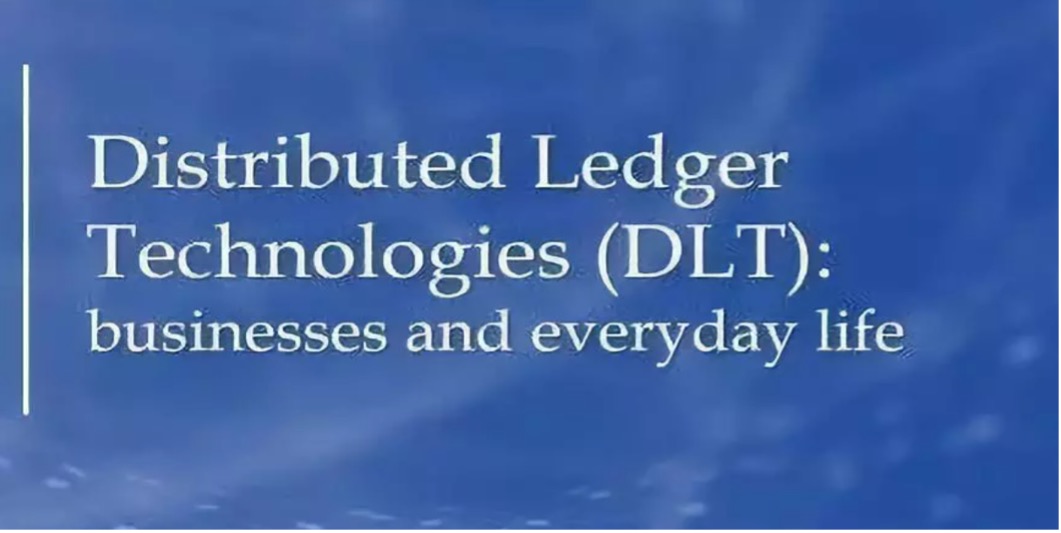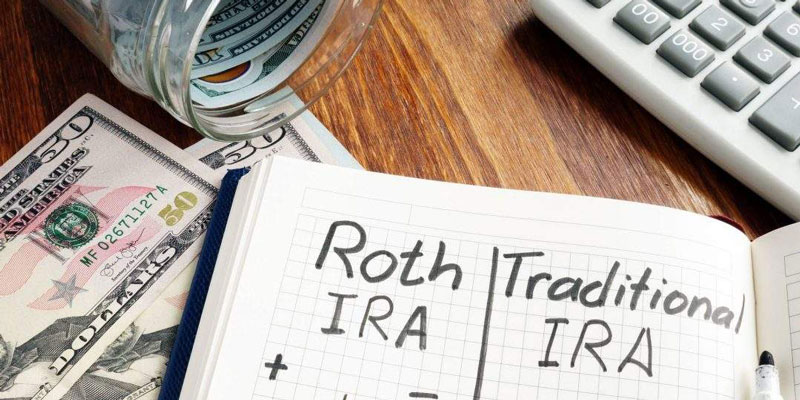How to Integrate Supervision into Blockchain Finance 1
Advertisement
Aynsley Moore
Oct 24, 2023
Nowadays, governments all over the world are working hard to cope with the rise of distributed ledger technology (DLT) in the financial field. The challenge they are confronted with is how to effectively implement technology-neutral supervision so that similar risks are under the same regulation. The spread of DLT in the financial field has improved the quality and efficiency of supervision. However, how to better promote the realization of low-cost supervision is the core purpose of technology application.
DLT enables the decentralized exchange of asset-backed tokens and the decentralized financial engineering based on these tokens through automatically executed (“smart”) contracts. The most fundamental innovation is that it establishes data credibility with a decentralized data structure based on economic consensus, promoting the development of financial markets. Besides, the embedded supervision can also alleviate conflicts between data availability, the cost of data collection and verification, and privacy. Compliance expenditures place a heavy burden on financial institutions and have a greater impact on smaller companies. The embedded supervision can use encryption tools to report the financial risks of the organization to the supervisor, without revealing the underlying individual transactions, thereby maintaining the confidentiality of the company and its customers.

Under the new regulatory framework, how can we use technological opportunities to establish a stable and competitive financial market based on market consensus in order to complete economic activities in an environment without central supervision?
Traditional institution-centric transactions are based on the law and protected by the legal system. In embedded supervision, this kind of trust mechanism based on laws and systems is replaced by the distributed market with an economic incentive mechanism to reach an agreement (consensus) on account book updates (transactions). If it can be proved that this consensus is irreversible, then regulators will consider this consensus effective.
Therefore, it is possible to simulate a “decentralized” market, based on economic consensus, and replace today’s intermediary-based legal data verification with blockchain-based data credibility. The conditions under which distributed markets work are studied and the conditions under which regulators can trust ledger data are deduced. Through model simulation, embedded supervision is not a free lunch. The actions of regulators may undermine market consensus. Therefore, if market participants know that data is used to determine whether they comply with regulatory requirements, there will be incentives to deceive regulators and revoke the blockchain.

Regulators can use DLT to effectively supervise financial markets. The basic premise is that the supervision of blockchain finance should not deviate from the long-established principles for the supervision of specific economic activities. Instead, regulators may investigate how their use of technology evolves as the financial industry develops.
The primary goal of embedded supervision should be reducing the fixed costs of compliance, so as to provide a level playing field for large and medium-sized institutions. Effectively setting market standards to ensure competitiveness may also require a reasonable definition of true “decentralized” decision-making, risk-taking, and systemic governance. The second goal is to reduce the marginal cost of operating a business by facilitating access to reliable official information. The third objective involves the handling of disputes. If the information quoted in the smart contract is proved to be false, the regulatory framework or standard may determine the arbitration process, which may occur where the smart contract has security loopholes. All in all, the world is too complex to be expressed in code. The added value of decentralized automation must be seen as a simplified standard to implement, and more complex cases may need to be handled through legal procedures.
Advertisement







